The Weird Names Certain Parts of Our Bodies Have
We think we know our bodies pretty well. But, in fact, there are a lot of things in our bodies we don’t know the names of.
With 5-Minute Crafts, you have a chance to find out more about yourself. In this article, we’re going to tell you about the parts of the human body that have very unusual names.
Glabella
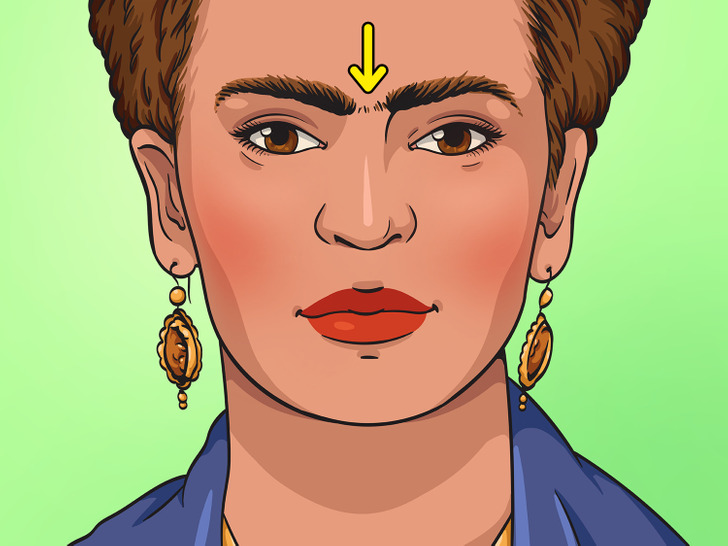
Philtrum
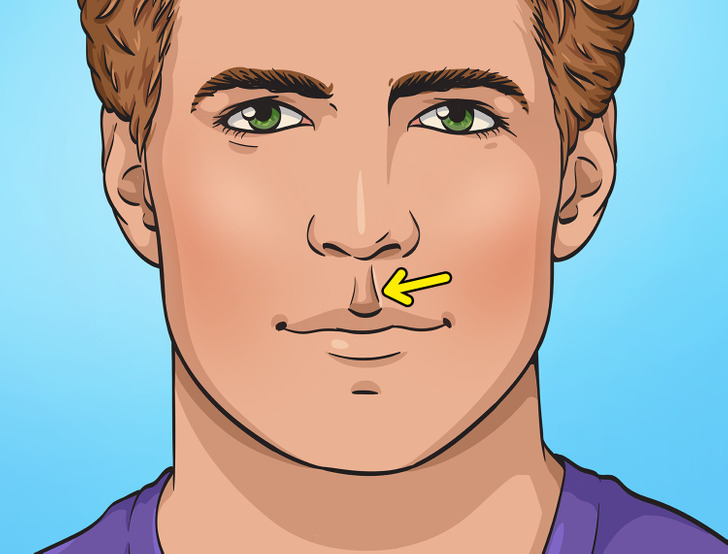
Philtrum, or medial cleft, is a vertical indentation in the middle area of the upper lip, extending in humans from the nasal septum to the tubercle of the upper lip. In many mammals, it makes the sense of smell stronger. In humans, it’s a rudimentary organ.
There’s a beautiful legend about this body part. It says that before birth, the baby’s soul knows all the world’s secrets. But when a baby is born, the angle of oblivion touches the baby’s lips with his finger, and the baby forgets everything.
Eponychium
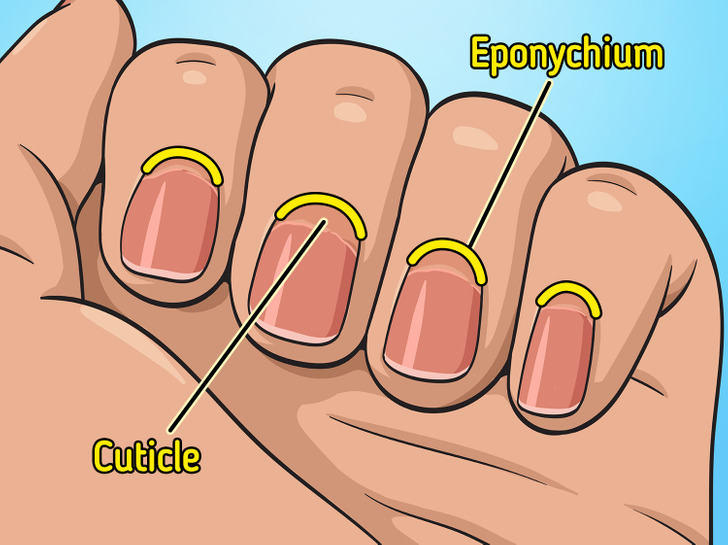
An eponychium is a group of living cells at the base of the nail protecting the area between the nail and the epidermis from bacteria. Unlike what many people believe, the eponychium and cuticle are not the same. A cuticle is a group of dead cells, while the eponychium consists of living cells.
During a manicure, only the cuticle can be removed, whereas the removal of eponychium can open the door to infection.
Frenulum
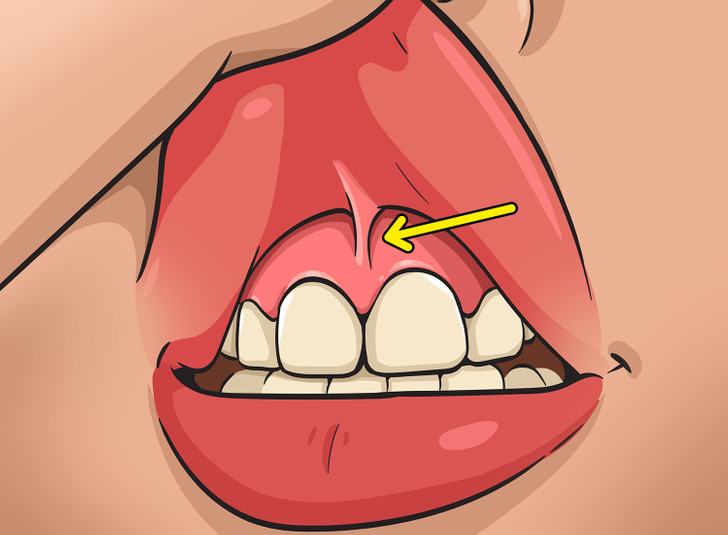
Lunula
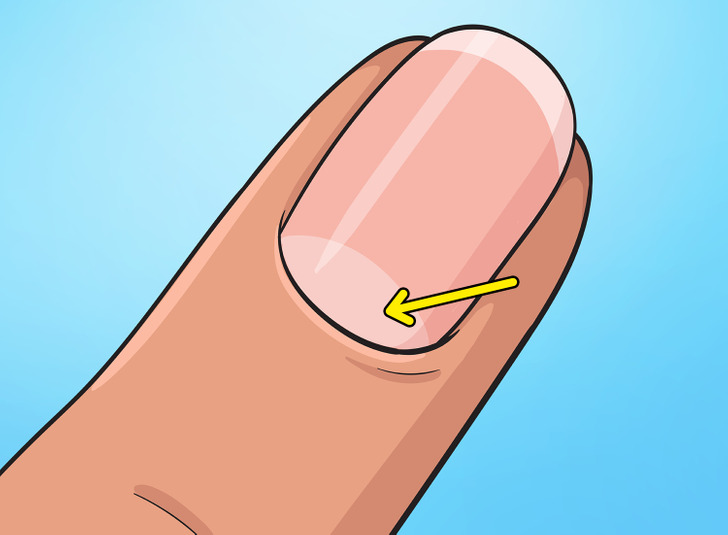
The lunula is a part of the nail that looks like a little moon underneath it. It’s a very sensitive structure. If it’s damaged, the nail will be deformed forever.
Tragus
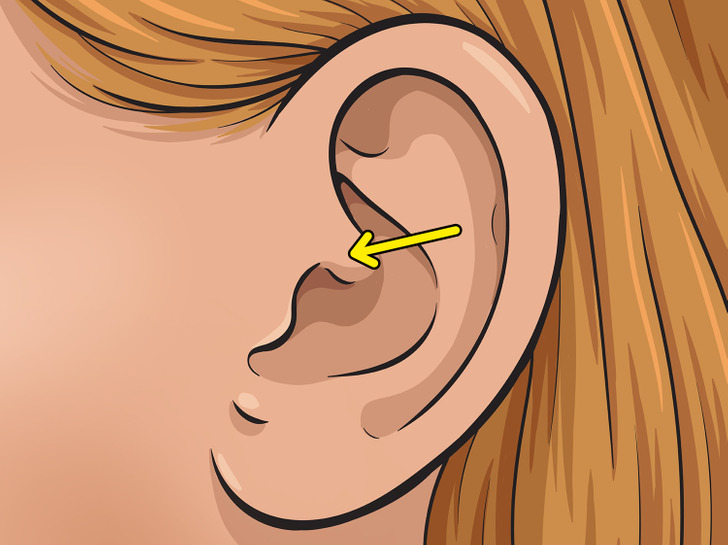
The tragus is a small pointed eminence of the external ear above the ear canal. It also is the name of the hair that grows at the entrance of the ear.
Ancient Greek “tragos” means “goat” because it looks like a goat’s beard.
Dimples of Venus
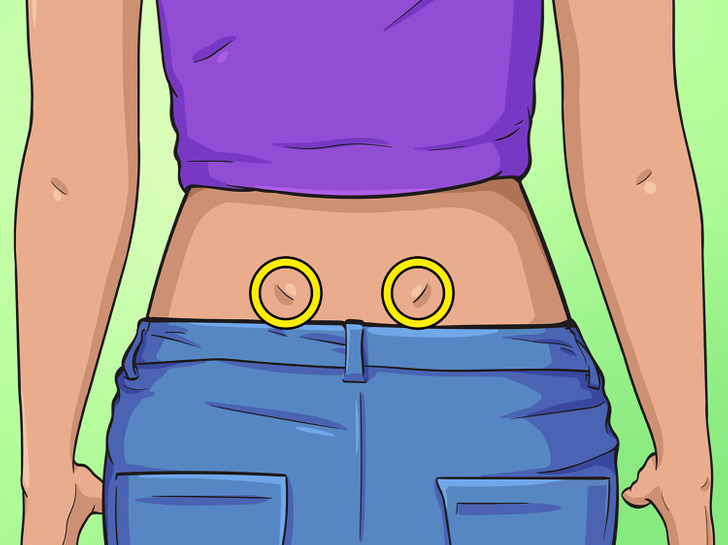
The dimples of Venus are 2 concave marks located directly above the 2 sacroiliac joints (where the sacrum meets the pelvis) on people’s lower backs.
The name is a reference to the Roman goddess of beauty, Venus. They are a sign of attractiveness and are sometimes specifically formed during plastic surgery.
Atlas
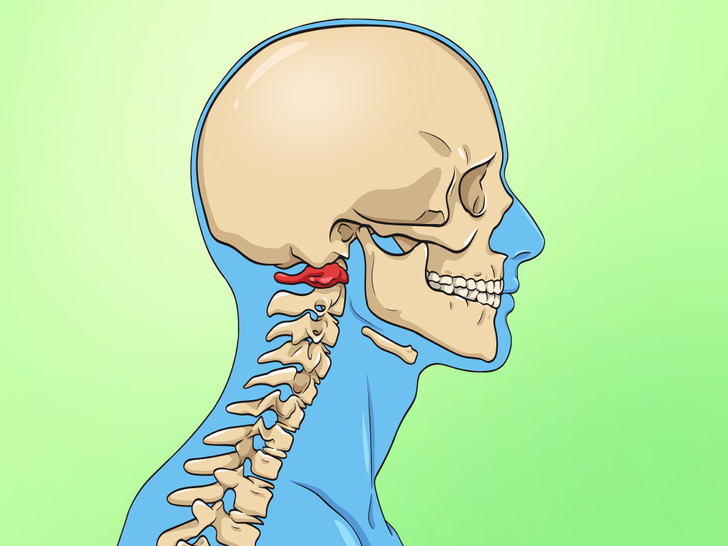
Aqueduct of Sylvius
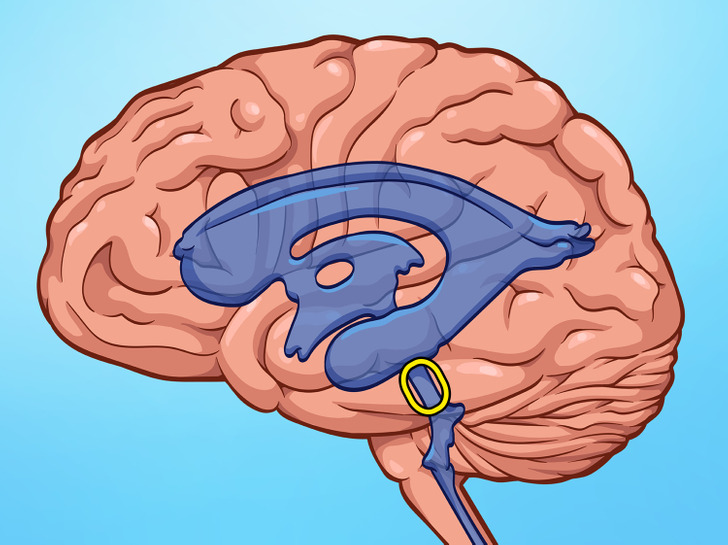
The aqueduct of Sylvius is a narrow conduit for cerebrospinal fluid that connects the third ventricle to the fourth ventricle.
It was named after the Dutch doctor and scientist, Franciscus Sylvius.
Cerebellar tentorium
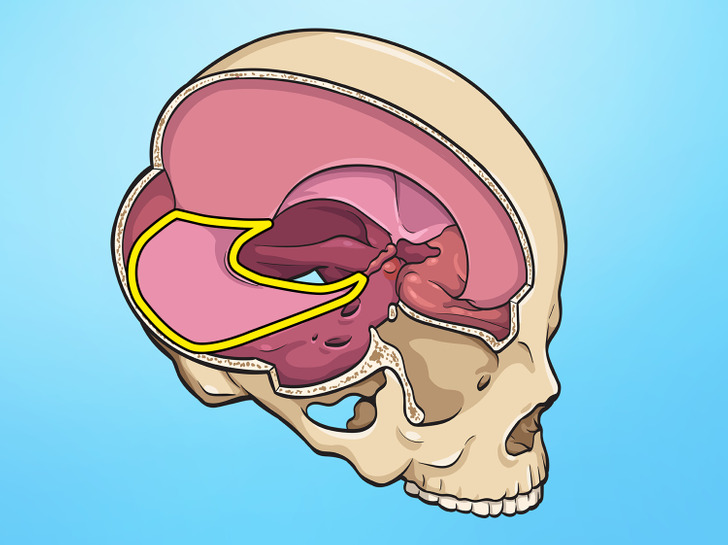
The cerebellar tentorium is the part of the brain that supports the occipital lobes and separates the cerebellum from them.
The name tent is probably there thanks to the appearance of the structure: it’s elevated in the middle and gets narrower toward the bottom.
Hammer, anvil, and stirrup
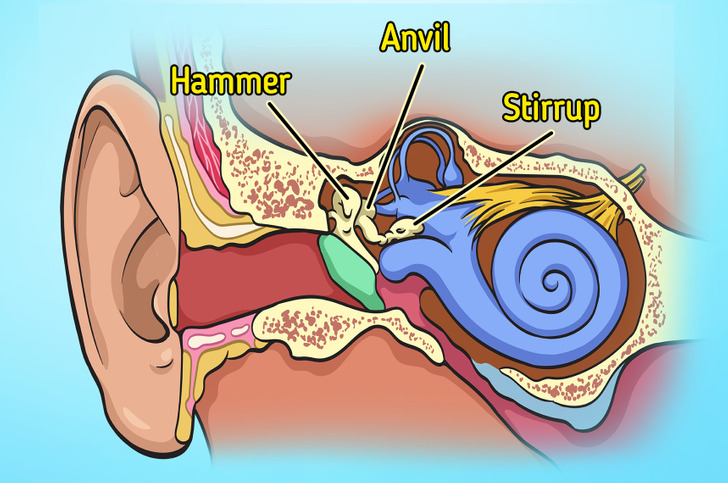
The 3 hearing bones — hammer, anvil, and stirrup — are some of the smallest bones in the human body. They are located in the middle ear and they transmit the sounds into the cochlea. The absence or damage of these bones can lead to hearing loss.
Adonis belt
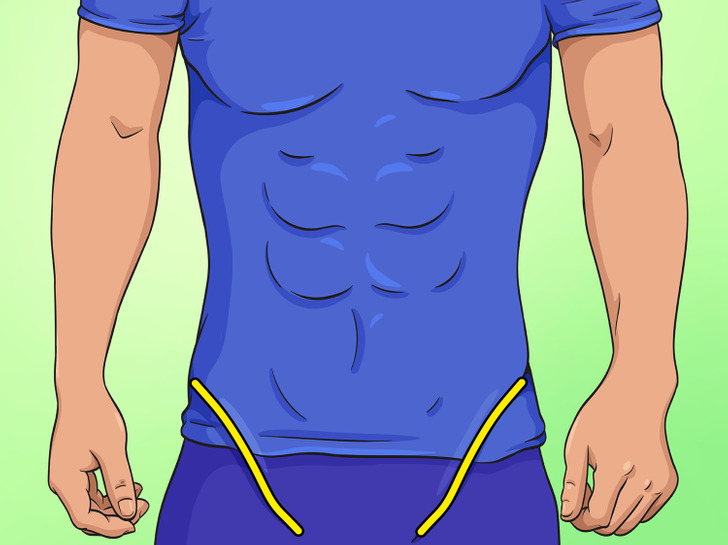
The Adonis belt is 2 deepenings on the side of the belly. It’s especially visible in people with very little fat on the body, like athletes.
Canthus
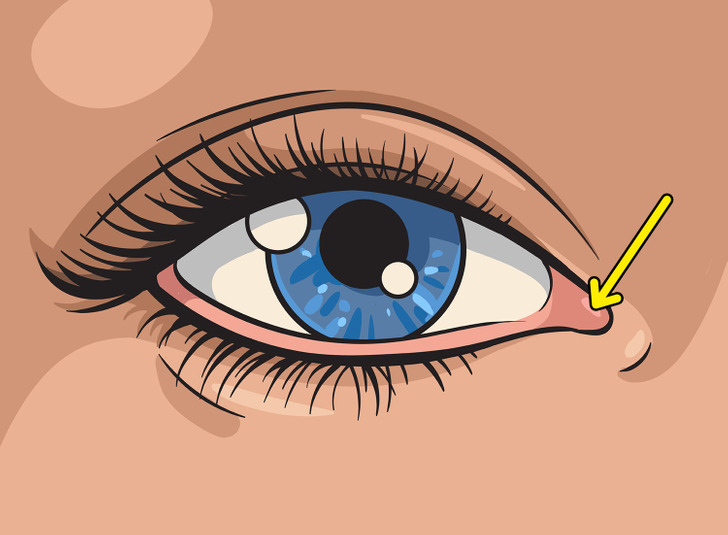
This is the place where the lower and the upper lids meet, and it has its own scientific name, canthus.
Axilla
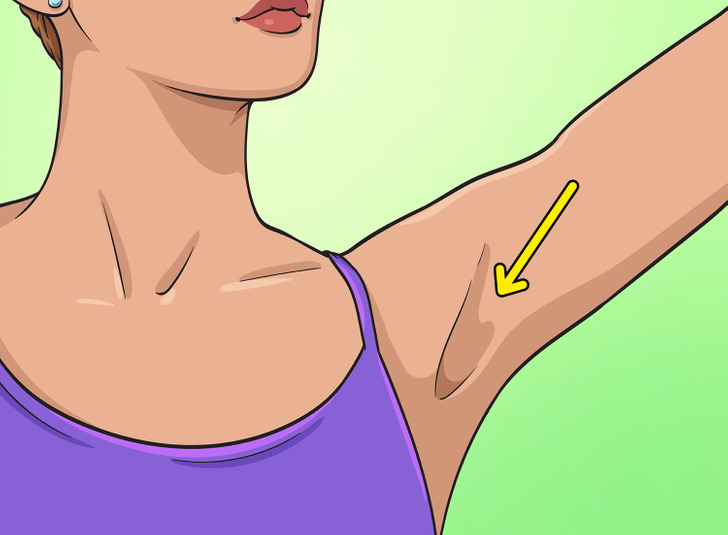
The area we call an armpit is actually called the axilla. It’s the area on the human body directly under the joint where the arm connects to the shoulder. It also contains many sweat glands.